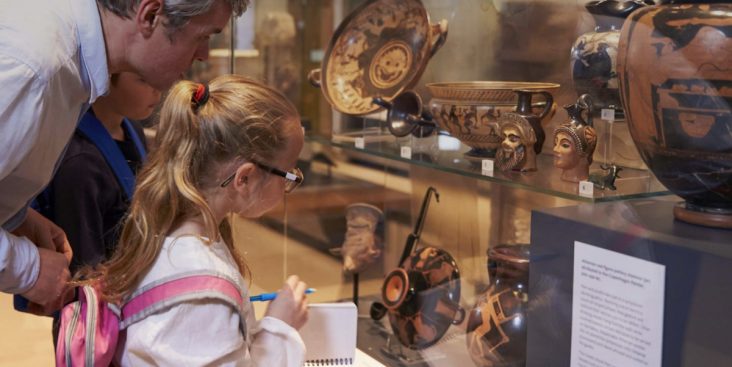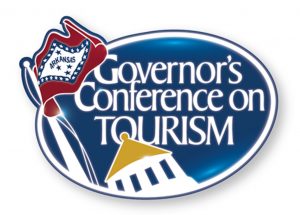Arkansas cities must tell stories, promote culture and creativity to reach heritage tourists
by March 3, 2021 4:29 pm 1,174 views

photo courtesy of Arkansas Heritage
Heritage tourism is more relevant and important to Arkansas than ever, according to travel advisors. But just what is it, and how can Arkansas cities capitalize on it.
Cheryl Hargrove with Hargrove International Inc. on Wednesday (March 3) discussed “Heritage Tourism: More Relevant than Ever” during the 2021 Arkansas Governor’s Conference on Tourism.
First there is the definition: Heritage tourism is “traveling to experience the places and activities that authentically represent the stories and people of the past and present,” Hargrove said. It includes historic, cultural and natural assets.
“Certainly COVID has challenged our tourism industry, but it has also offered an opportunity to look at our destinations in unique lights and really appreciate what we have in our own backyard,” Hargrove said. “Heritage tourism can be a catalyst in Arkansas, more than it already is.”
The heritage traveler is a desirable traveler. They are older, more affluent, educated and often married. They are frequent travelers, taking on average 3.61 leisure trips in the last three years (compared to 3.4 trips for the general traveler), Hargrove said. They also spend more on travel. The heritage traveler spends, on average, $1,319 per trip compared to the $820 the average traveler spends per trip. They are more likely to stay in a hotel, motel or bed and breakfast, and 46% of their total trip expenditures are on activities, dining and shopping, she said.
“They spend more, stay longer and visit more frequently,” Hargrove said. “They are seek out authentic America. They enjoy shopping on Main Streets.”

• Focus on authenticity and quality;
• Preserve and protect resources;
• Make programs and sites come alive;
• Find the fit between community and tourism; and
• Collaboration.
Communities can reach these visitors by giving them a sense of history in unique and intimate settings and telling a story. Tourism leaders need to find a way to share the important and relevant stories that resonate with visitors, and they need to make certain those stories are updated and refreshed and presented in new and changing ways in order to draw repeat visits, Hargrove said.
Cities need to take a look at the gateway to their city and what they can do to make it more attractive visitors. They also need to find a balance that brings in tourists without pushing away residents.
“Arthur Frommer has a great quote. ‘Tourism will not go to a city that has lost its soul.’ We need our cities to remain a great place to live, work, play and visit,” Hargrove said.
Along with placemaking, intentionally leveraging the power of the arts, culture and creativity to serve a community’s interest while driving a broader agenda for change, communities must remember placekeeping, honoring the cultural lives of the community, preserving and protecting local architecture and other authentic characteristics of place, she said.
Hargrove gave three emerging trends she sees in heritage tourism she thinks are areas to concentrate now: multigenerational travel where grandparents, children and grandchildren can all connect with activities and opportunities that resonate with all ages; travel bubbles that attract more local visitors exploring their areas and regions within easy driving distance; and subscribed stays.
Surveys show that up to one fifth of U.S. workers could be entirely remote after COVID-19, Hargrove said.
“As people realize they can work remotely, they realize they have choices of where they want to live. Or maybe they want to go and stay for a month or three month. So looking at how to make sure your destination is an attractive place to allow remote workers to come and frequent and stay and enjoy and pitching it through your heritage, your unique natural habitats and cultural assets is a way of attracting these digital nomads,” she said.
